Crime, corruption and chaos, Tamil Nadu’s
judicial badlands: Part 1 - Lawyers vs Judges
Today, the three important pillars of the legal system – judges, lawyers and police - stand divided in mutual distrust and hatred, each pointing fingers at each other.
Ramanathan S.| Monday, November 2, 2015 - 16:42
On Wednesday, September 16, 2015, the Madras High Court resembled a military zone.
The high court campus has had a long-standing relationship with violence, which peaked during the legendary clashes between the police and lawyers in February 2009. But this Wednesday gave one more reason for members of the legal system to hang their heads in shame. The judges, fearing possible violence from lawyers practicing in their own courts, had to bring in police reinforcements to protect themselves.
One can’t blame the judges for being too careful. Anyone would want protection when 150 lawyers from Madurai arrive at the Madras HC campus in three buses, vowing to defend and support two of their fellow lawyers facing contempt charges. Expecting trouble, special CCTV cameras were installed, barricades were put up, additional security personnel were called in and more intelligence agencies were pressed into service. But nothing could stop lawyers assembled there from jeering at the judges, abusing them with the choicest of words, raising slogans against the police and judiciary. A small spark could have set the court on fire yet again. Justices S Tamilvanan and CT Selvam, who were hearing the case, moved in and out of the court in fear and under heavy security. Proceeding were held in-camera, and arrangements made for the hearing to be telecast live outside the court-hall in the campus. Times of India reported that it was 'anarchy'.
September 16 was not an isolated incident – it represents the saga of brutal violence, lawlessness, thuggery, ego-clashes, fear, intimidation, judicial inefficiency and corruption which has come to symbolize the business of dispensing justice in the state of Tamil Nadu. Today, the three important pillars of the legal system – judges, lawyers and police - stand divided in mutual distrust and hatred, each pointing fingers at the other.
The hearing on September 16 was the result of a long-drawn face-off between lawyers and judges under the aegis of the Madras High Court, operating in Chennai and Madurai. And, one might find it hard to believe, that this gladiatorial battle began with a court order enforcing helmets on two-wheeler drivers in the state.
From helmets to raising hell in court-halls
On June 8, 2015, Justice N Kirubakaran of the Madurai bench of the Madras High Court made it compulsory for two-wheeler riders to wear helmets in the state. In view of the fact that such orders have been passed before by the government and courts in the past, the court also ordered that licenses of those not wearing helmets be impounded.
Lawyers at the Madurai court campus however were not happy and decided to protest against the order.
The rule was to be enforced from July 1. On July 2, nearly 100 lawyers took out a bike rally in Madurai in violation of the order. Not only were they riding without helmets within the court campus, but were also allegedly forcing other riders on the road to remove their helmets. The police department submitted a detailed report, with photographs, of the lawyers' behaviour.
When an FIR was filed against two lawyers for taking out the rally, things turned uglier. More protests were held later that month. Helmets were burned, rallies were conducted and the courts were boycotted, much to judges’ annoyance. A lady police officer was also alleged to have been assaulted in the Madurai campus by lawyers.

Following this, an irate Madras HC bench of Justices Tamilvanan and Selvam slapped contempt cases on Madurai Bar Association president A K Ramasamy and secretary A Dharmarajan, asking them to explain as to why action should not be initiated against them for disobeying the court. The hearing against these two lawyers was eventually scheduled for September 16.
This is where, lawyers say, that the judges were wrong. Senior advocate NGR Prasad says that the lawyers should have been called in for negotiations instead. “You can’t expect the lawyers to have the same attitude as before. New set of people who have been in protest movements for recognition of their social rights before are coming into the legal profession here. And the protests are a manifestation of that,” he says.
As September 16, the date of the hearing approached, and faced with a high probability of conviction - which means they will lose their license to practice – lawyers now turned on the heat even more. On September 10, in an open dare to the judiciary, lawyers in Madurai released a list of five judges who they alleged were ‘corrupt’, and that included the names of the two judges, Tamilvanan and Selvam, who slapped contempt cases on them.
Just two days before the hearing, on September 14, the Madras HC was witness to another sudden protest by a bunch of lawyers – they were demanding that Tamil be made an official language at the Madras High Court.
According to the Registrar of the Madras HC, the agitating advocates ‘entered the court halls, without robes, and threatened the advocates’, ‘also used abusive language’ and indulged in ‘unruly behaviour’. Placards were held and slogans shouted demanding their right to use Tamil. One lawyer had even brought a kid to the protest. For the judges, including the Chief Justice of Madras High Court Sanjay Kishan Kaul, this was a dire warning as to what could happen on September 16.
By then, Justice Kaul had had enough, himself having borne the brunt of advocates’ unruliness in the past year. In February, after he refused to accept suggestions from them on appointment of judges, a group of lawyers stormed into his court hall and asked him to ‘go back to Kashmir’, where he hails from. Later in April, while he was in Delhi having dinner with senior members of Indian judiciary, lawyers in Chennai laid siege to his official residence seeking immediate bail for two of their colleagues facing police action. The sheer audacity of the act shook the judiciary.
Prasad, however, says that the Chief Justice panicked and need not have reacted he way he did to the siege by lawyers.
So on September 14, after the protests for Tamil erupted, Chief Justice Kaul and Justice TS Sivagnanam ordered that the Central Industrial Security Force, or a similar paramilitary force, provide security to the court premises. Following this, heavy security arrangements were made for September 16, when the hearing was held.
The hearing on September 16 was a damp squib in itself, and the case will go on. But it only brought to the fore, the embarrassment which some lawyers have been bringing to the profession over the last few years.
- See more at: http://www.thenewsminute.com/article/crime-corruption-and-chaos-tamil-nadu%E2%80%99s-judicial-badlands-part-1-lawyers-vs-judges-35634#sthash.h8SgciQH.dpuf
Crime, corruption and chaos, Tamil Nadu’s judicial badlands: Part 2 - Criminal Lawyering
Lawyers have been accused of extortion, murder, land-grab and criminal intimidation.
Ramanathan S.| Monday, November 2, 2015 - 16:57
In his suo motu order seeking CISF protection for the Madras HC, Justice TS Sivagnanam quotes from a police report submitted to the court on how lawyers allegedly behave in the court campus. The report says that advocates have beaten up police personnel several times within the campus. Police allege that lawyers refuse to show their ID card or follow parking rules, continue to play cricket inside the court campus, pass lewd remarks against women police personnel, take liquor inside the campus and also conduct ‘katta panchayat’ or kangaroo courts within the campus.
However, all the above allegations are about their conduct within the court campus. The real shocker lies in what some lawyers are alleged to be indulging in outside.
Lamenting on the state of affairs, retired Judge K Chandru says, “The reported incidents involving lawyers in Tamil Nadu in the past few years will show that not only there were murders in the court campus, mayhem both inside and outside courts, outright extortion and thuggery involving members of the so-called noble profession, intimidation, blackmail and court boycotts at the drop of a hat. These incidents are on the increase. In most of the places the Bar virtually holds the court to ransom.”
Justice Chandru also points out to the trend of 'katta panchayats' or kangaroo courts. “There has been increasing complaints of some lawyers conducting kangaroo courts inside the court premises and trying to settle matters by themselves. Witnesses are threatened and complainants are forced to withdraw complaints. Parties are attacked physically. A recent trend is that the lawyers themselves go to the place of litigation (house eviction, land eviction etc.) and try to execute orders of the court by themselves without the court's intervention,” he says.
‘Adengappa Sqauds’: A saga of extortion, murder and rowdyism
They are called ‘adengappa squads’. The best translation one can come up with for ‘adengappa’, while also maintaining the emotional integrity of the word, is ‘oh my god’. The name perhaps alludes to the disbelief their actions evoke.
These squads are lawyer-goons for hire, armed with a degree in law and inclination towards rowdyism. You have a court order in your favour and yet someone is squatting over your property? Call the adengappa squads. They will swoop in and get the property vacated, even if it requires the use of force. Is there a court order against you, and you don’t want the police or city corporation to take action? Call the adengappa squads. For protection money, they will prevent the long arms of the law from reaching you – even if that means intimidating police officers or government officials.
In July this year, the Madras HC passed orders sealing illegally constructed buildings at Georgetown in Chennai. When a city official came to enforce the order at a restaurant, he reportedly found several men squatting on the property the whole day. All of them were dressed in black and white, claimed to be lawyers and threatened the city official that he would be booked under SC/ST act if he dared to touch the building. The city official returned without even lodging a protest.
This is only the easiest way these squads evade justice, and there have been worse cases of crime.
On September 14, 2013, Chennai-based neurosurgeon SD Subbiah was hacked to death by two assailants in full public view, allegedly over a property dispute. The main suspects in the case were two brothers, Basil and Boris. Basil is a lawyer at the Madras High Court.
When a sub-inspector entered the Madras High Court to arrest Basil, he was allegedly assaulted by advocates at the HC. The SI was beaten up in the campus while another lawyer, B Williams, believed to be one of the participants in the crime, escaped. Williams surrendered 15 months later at the Saidapet magistrate court. It was alleged that Williams hired hit-men for Rs. 50 lakh to kill the neurosurgeon to help his junior Basil and another Nagercoil-based doctor who had a dispute with Subbiah.
TNM has in its possession a report submitted by the police department to the TN Bar Council listing out the criminal cases in the South Zone of Chennai city in which lawyers are accused of various crimes. From 2011 to 2015, there have been 47 major cases against 107 lawyers, just in one zone in Chennai city. And these are cases of land grab, extortion, intimidation, physical assault and murder.
In one case, a 77-year old woman complained that twenty unknown advocates trespassed into her house where she has been living for 50 years, built a small thatched hut in front of her house and threatened her, understandably asking her to vacate the property. In another case, 25 lawyers are alleged to have entered a house, damaged property, threatened the family that they would rape her daughter and set her on fire unless the property is handed-over to them.
The list is long. The News Minute has also reported earlier on the lawyer-criminals of the trial courts in Egmore in Chennai.
- See more at: http://www.thenewsminute.com/article/crime-corruption-and-chaos-tamil-nadu%E2%80%99s-judicial-badlands-part-2-criminal-lawyering-35637#sthash.f33saYZm.dpuf
Crime, corruption and chaos, Tamil Nadu’s judicial badlands: Part 3 - ‘Blame judges too'
Lawyers say that the quality of judges is worsening, and that there is corruption in all institutions including the judiciary.
Ramanathan S.| Monday, November 2, 2015 - 17:08
Lawyers say that their community alone cannot be blamed for the deteriorating situation of the legal system.
“Why do you think katta panchayat (kangaroo courts) are held? Because there are no judges. There should be 75 judges at MHC, only 37 are there, out of the 37 only 26 are here in Chennai and one of them is not well at all. The NJAC case at SC had stopped an entire lot of appointments, clients are not able to get release. Why do people go to katta panchayats, because for ten years issue is not being resolved,” says NGR Prasad, a senior advocate at the Madras HC.
Lawyers further say that the quality of judges in worsening, and point to the case of Justice CS Karnan.
Angry with the way judges were bring appointed at the Madras HC, Justice CS Karnan recently threatened to mount contempt charges against Chief Justice Kaul himself, perhaps unprecedented in the judicial history of India. He also warned that he would initiate proceedings against the CJ under the SC/ST atrocities act for ‘harassing’ him. Appearing at the Supreme court for the HC Registry, advocate KK Venugopal said that Justice Karnan’s order has brought disrepute to the institution.
In January 2014, the same CS Karnan had stormed into a court hall hearing a PIL and made allegations of fraud against some judges. The SC later came down heavily on Justice Karnan, terming his conduct “indecorous” and “uncharitable”.
“Yes some lawyers are not disciplined, you can say that about judges also. Look at the Karnan issue, he has threatened contempt proceedings against the CJ, what more indiscipline you want?” asks Prasad.
“The whole quality of legal process has gone down. Lawyers have also contributed to it but so have judges. We have to look at the larger issue here,” he adds.
Justice Chandru tends to agree to some extent. “Corruption in judiciary has always been there. When Justice Bharucha observed that 20% of the higher judiciary is corrupt no one challenged him. In my opinion that percentage would have only gone up. I will agree to the proposition that corruption in public life had also permeated into the legal profession also and that may be one reason for the increased criminality of the Bar members,” he says, but adds that judicial corruption cannot be the sole reason.
Are there any solutions?
Meanwhile, after the Supreme Court of India stepped into the ongoing clash between lawyers and judges at the Madras High Court, there was pressure on the Bar Council of India to take action against the erring lawyers in.
Chief Justice of india HL Dattu, while hearing the case about the situation in Madras HC in September, said “[The] Madras HC judges preside in courts with fear psychosis expecting mobs to come in and attack them at anytime. It was once a traditional court that we all looked up to. Never, before has it fallen to such low levels. All because of you lawyers.”
Show-cause notices have been issued to several lawyers by the BCI, following which it is said that lawyers are lying low.
What was once a tussle between lawyers and police officers, grew into a face-off between lawyers and judges and has now divided the lawyer community itself between the state and central bar councils.
There is little hope of any effective solutions soon. “The problems themselves are yet to be identified in a broad context. That requires a deeper study of the sociological problems of the profession,” says Justice Chandru. However, he says that legal education sector needs a major overhaul. It is high time, he says, that steps are taken to correct the situation and entrust the monitoring and laying down of standards on legal education to a specialized body and leave the mechanism of enrolment and disciplinary action against lawyers alone to the Bar Council of India.
 MRV
MRV  kalyan97
kalyan97  everG3
everG3  Rukmini S
Rukmini S 
 Madhu Kishwar
Madhu Kishwar  Kartik Mudgal
Kartik Mudgal 
 Paplu Taplu
Paplu Taplu  Sitaram Yechury
Sitaram Yechury 













 কাঞ্চন গুপ্ত
কাঞ্চন গুপ্ত 

 Neelanjan Sircar
Neelanjan Sircar Bhanu Joshi
Bhanu Joshi Ashish Ranjan
Ashish Ranjan





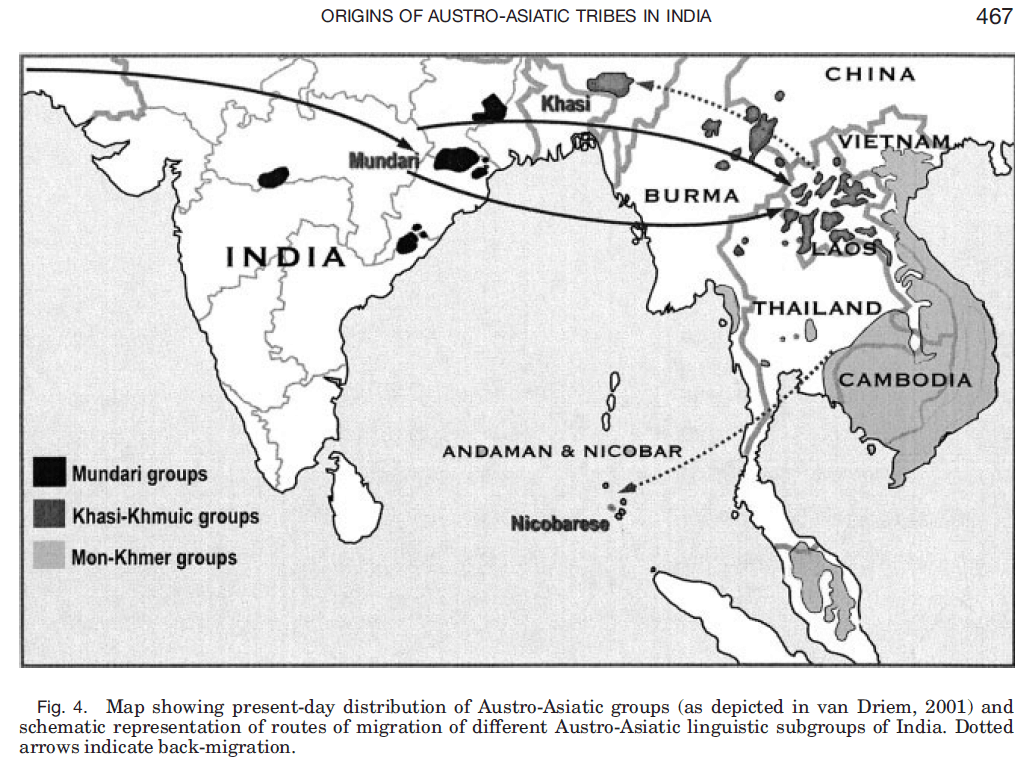






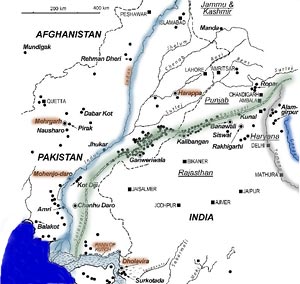
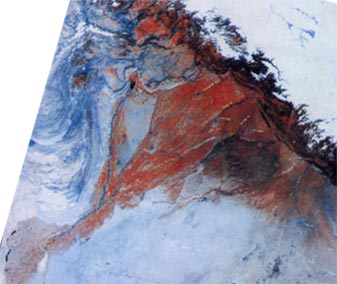




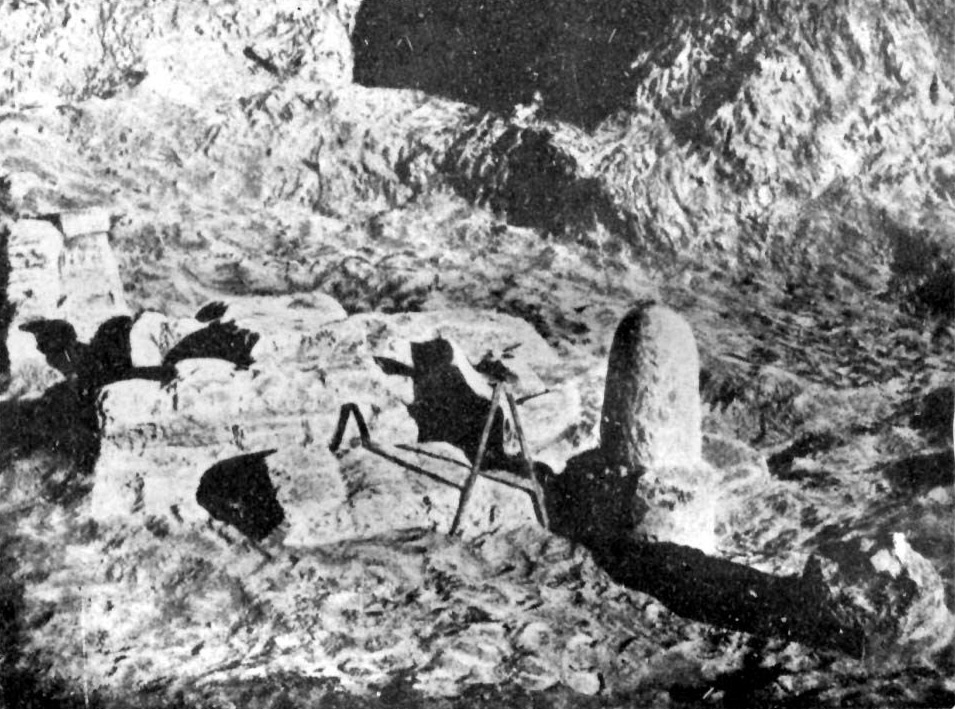


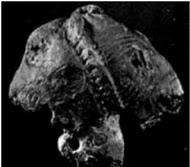 Terracotta. Tiger, bovine, elephant, Nausharo NS 92.02.70.04 h. 6.76 cm; w. 4.42; l. 6.97 cm.
Terracotta. Tiger, bovine, elephant, Nausharo NS 92.02.70.04 h. 6.76 cm; w. 4.42; l. 6.97 cm.  harappa.com "Slide 88. Three objects (harappa.com)
harappa.com "Slide 88. Three objects (harappa.com) 


 Example of hieroglyph-multiplex on Indus Script Corpora. (Note: the strands of rope signify Sindhi. dhāī f. ʻ wisp of fibres added from time to time to a rope that is being twisted ʼ, Lahnda. dhāī˜ f. rebus: धावड dhavaḍa 'iron smelters'; kaṁḍa-- m. ʻ backbone ʼ(Prakritam) rebus: khaNDa 'metal implements'; karNika 'rim of jar' rebus: karNika 'supercargo'.)
Example of hieroglyph-multiplex on Indus Script Corpora. (Note: the strands of rope signify Sindhi. dhāī f. ʻ wisp of fibres added from time to time to a rope that is being twisted ʼ, Lahnda. dhāī˜ f. rebus: धावड dhavaḍa 'iron smelters'; kaṁḍa-- m. ʻ backbone ʼ(Prakritam) rebus: khaNDa 'metal implements'; karNika 'rim of jar' rebus: karNika 'supercargo'.)
 RVAIDYA
RVAIDYA 

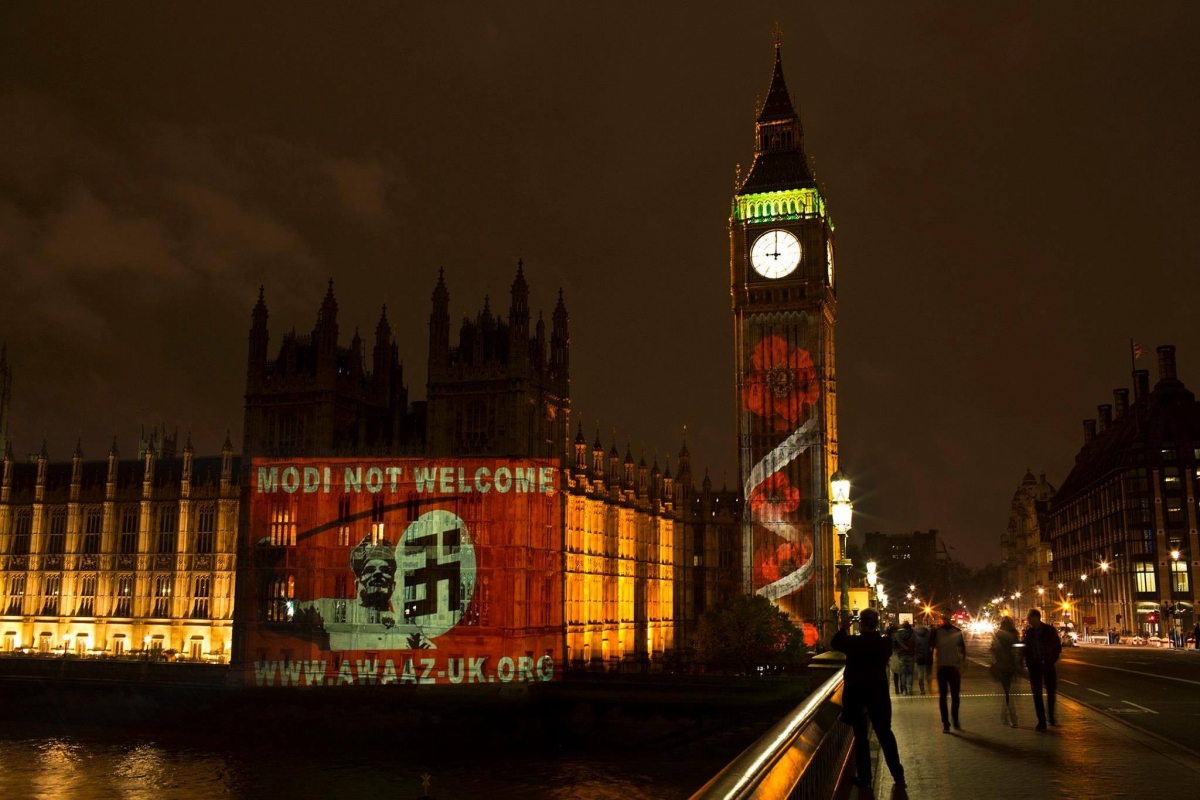



















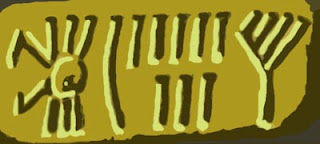 h-155. Crab with six legs
h-155. Crab with six legs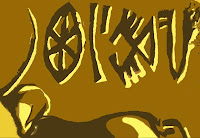











 Vikas Swarup
Vikas Swarup 















 Yezdis
Yezdis 







 Para Keta
Para Keta 
 פטריק פולוק
פטריק פולוק 

 Women Defense Units
Women Defense Units 
 Elijah J. Magnier
Elijah J. Magnier 




 High tin-bronze Aranmula mirror, British Museum, 18 inches
High tin-bronze Aranmula mirror, British Museum, 18 inches British Museum. Bronze mirror. ca. 300 BCE.
British Museum. Bronze mirror. ca. 300 BCE.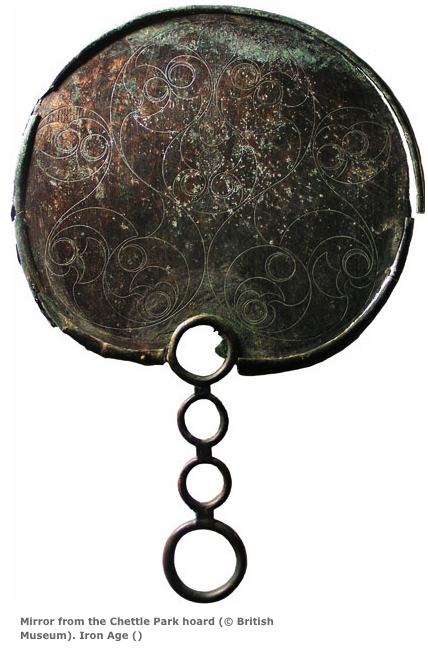
 Chettle Park hoard;
Chettle Park hoard;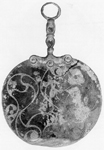
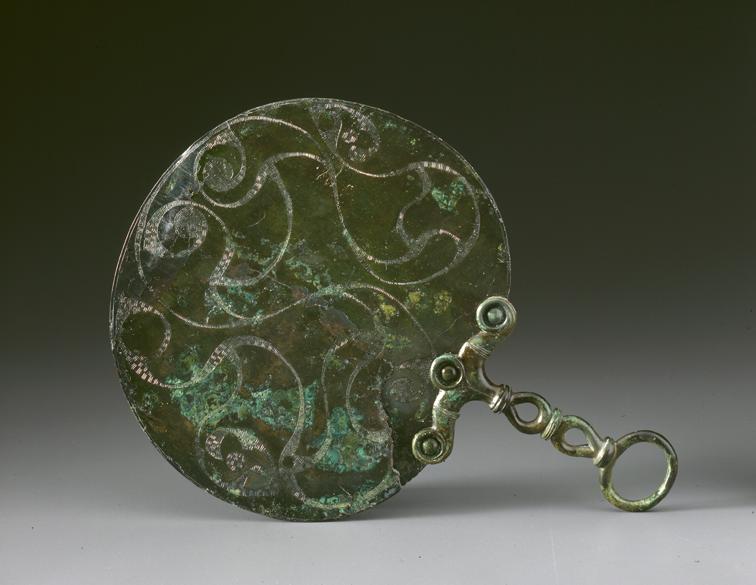
 Aranmula Kannadi
Aranmula Kannadi

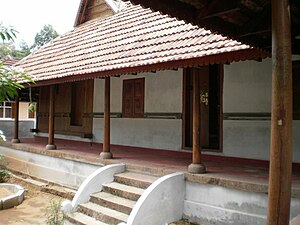 Aranmula Kottaram on the banks of River Pampa. The palace is an
Aranmula Kottaram on the banks of River Pampa. The palace is an 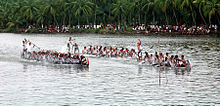
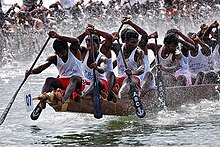
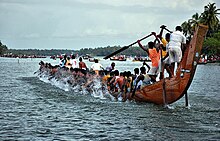




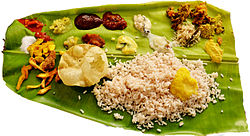



 Parvati as Lalita carrying a bronze mirror, with her sons Ganesa and Skanda, Orissa. 11th cent. Now in British Museum. 1872.0701.54
Parvati as Lalita carrying a bronze mirror, with her sons Ganesa and Skanda, Orissa. 11th cent. Now in British Museum. 1872.0701.54


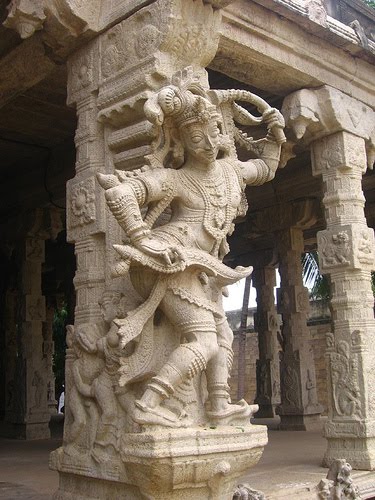











 Lothal. Bead-making kiln.
Lothal. Bead-making kiln. 







































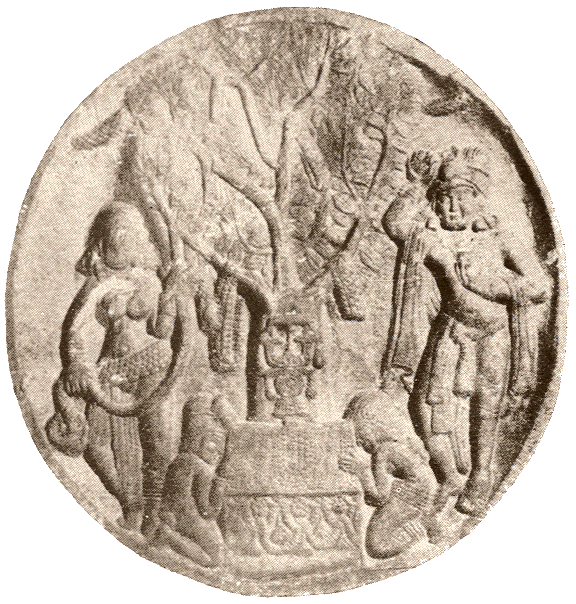













 The 'svastika' is a pictorial and also a sign--Sign 148
The 'svastika' is a pictorial and also a sign--Sign 148

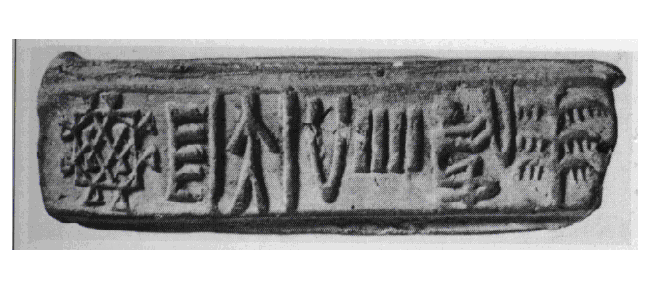














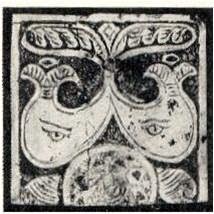







![clip_image004[3]](http://kalyan97.files.wordpress.com/2007/06/clip-image0043-thumb.jpg?w=186&h=124)

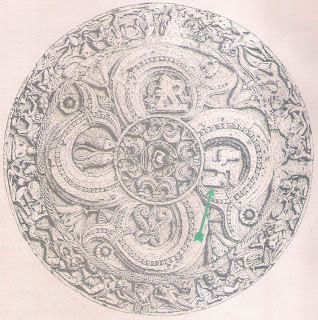 Ayagapatta, Kankali Tila, Mathura.
Ayagapatta, Kankali Tila, Mathura.











 View of the Jaina stupa excavated at Kankali Tila, Mathura.
View of the Jaina stupa excavated at Kankali Tila, Mathura.










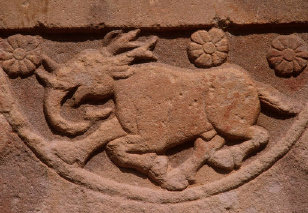


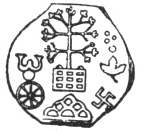













Writer